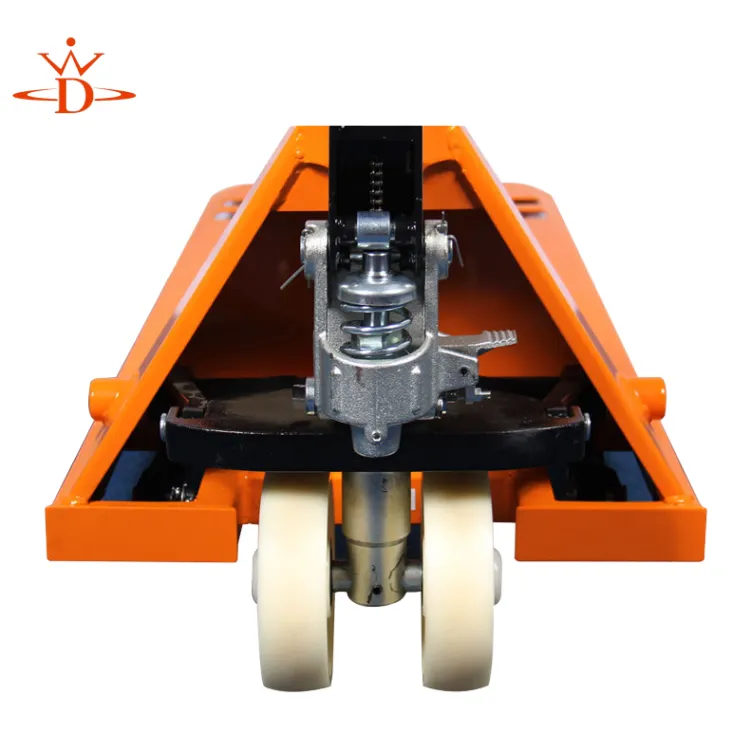Enhanced Efficiency in Heavy Lifting with Industrial Gantry Crane Solutions
Understanding Industrial Gantry Cranes A Modern Marvel for Heavy Lifting
In the realm of industrial lifting and transportation, gantry cranes stand out as one of the most versatile and efficient tools available. These structures, characterized by their bridge-like frameworks built upon a pair of vertical supports, are engineered to move heavy loads with precision and ease. As industries continue to evolve, the importance of gantry cranes has only grown, making them an indispensable part of manufacturing, shipping, and construction processes.
What is a Gantry Crane?
A gantry crane is a type of crane that uses a structure known as a gantry to support a lifting mechanism. This lifting mechanism typically consists of a hoist that can be operated to raise or lower materials. Gantry cranes can be found in various sizes, from small, portable models used in workshops to large, heavy-duty versions employed at shipping yards and manufacturing plants. Their design allows for stability and mobility, which are crucial in handling hefty loads.
Types of Gantry Cranes
There are several types of gantry cranes, each serving specific functions depending on the requirements of an industry
1. Full Gantry Crane This type consists of a bridge supported by two legs that can move on fixed wheels. Full gantry cranes are ideal for larger operations where the crane must traverse a considerable distance.
2. Semi-Gantry Crane This variation has one side supported by a runway, while the other side stands on legs that can move along the runway. This design is advantageous in areas with limited space, as it minimizes the need for extensive installation.
3. Portable Gantry Crane Smaller and lightweight, these cranes can be moved easily and are suitable for workshops and smaller projects. Their convenience makes them popular among DIY enthusiasts and smaller businesses.
Advantages of Gantry Cranes
industrial gantry crane

The adoption of gantry cranes in industrial settings comes with numerous benefits
- Versatility Gantry cranes can be utilized across various sectors, including manufacturing, construction, warehousing, and maritime, making them highly adaptable to different applications.
- Cost-Effectiveness Compared to traditional overhead cranes, gantry cranes often require less installation time and infrastructure investment. This makes them a cost-effective solution for businesses looking to optimize their lifting capabilities.
- Ease of Use With intuitive controls, gantry cranes are straightforward to operate, which reduces the need for extensive training and enhances workplace safety.
- Space Efficiency Their design allows them to operate in tighter spaces than many other crane systems, making them ideal for facilities with limited overhead clearance.
Safety Considerations
While gantry cranes are designed to handle heavy loads, safety remains a paramount concern. Operators must ensure that the crane is properly maintained and that all safety protocols are observed during operation. Regular inspections and adherence to load limits are crucial in preventing accidents and ensuring the longevity of the equipment.
Conclusion
Industrial gantry cranes represent a significant advancement in lifting technology, combining efficiency and versatility to meet the demands of modern industries. Their ability to navigate tight spaces, coupled with ease of use and minimal installation requirements, makes them a preferred choice in various applications. As industries continue to grow and evolve, the role of gantry cranes will undoubtedly remain critical in shaping the future of material handling and logistics. Investing in high-quality gantry cranes not only boosts productivity but also enhances safety and operational flexibility, ensuring businesses stay competitive in an ever-changing marketplace.
-
Unlock Seamless Relocation with Our Heavy Equipment Moving ExpertiseNewsJun.06,2025
-
Unleash Unrivaled Flexibility with Our Adjustable Gantry CraneNewsJun.06,2025
-
Unleash Heavy-Duty Efficiency with Our Industrial Gantry Crane SolutionsNewsJun.06,2025
-
Revolutionize Steel Handling with Our Magnetic Lifter RangeNewsJun.06,2025
-
Master Equipment Mobility with Premium Machinery Mover SolutionsNewsJun.06,2025
-
Elevate Your Material Handling with Magnetic Lifter TechnologyNewsJun.06,2025
-
YS Permanent Lifting Magnets: The Smarter Way to Handle SteelNewsMay.22,2025
